Effectiveness

Gut models
Gut models (cell lines, organoids) are used for the measurement of induction and inhibition of intestinal injury, and the inclusion and degradation of substances (for example drugs or proteins). In organoids also specific effects of substances (foods, medicines and other chemicals) can be determined. The bowel models are also used to test antibacterial activity of natural substances.
Read more
Inflammation models
Inflammation models include macrophages and possibly others cells (such as adipocytes). This allows effects of anti-inflammatory compounds measured. Stimulation of T cells by DC (DC-T cell interaction): bone marrow DC can be stimulated with protein followed by measuring the CD4 + T reaction.
Read more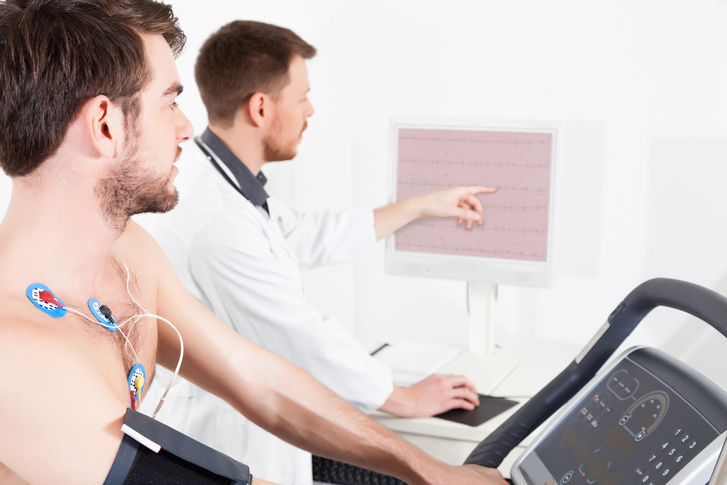
Human stress test
The human ergometer measures the kinetics of physiological changes (general parameters, and parameters related to intestinal physiology and the immune system) after a physical effort. The test can help to analyze health effects of nutritional concepts and nutritional supplements.
Read moreSafety
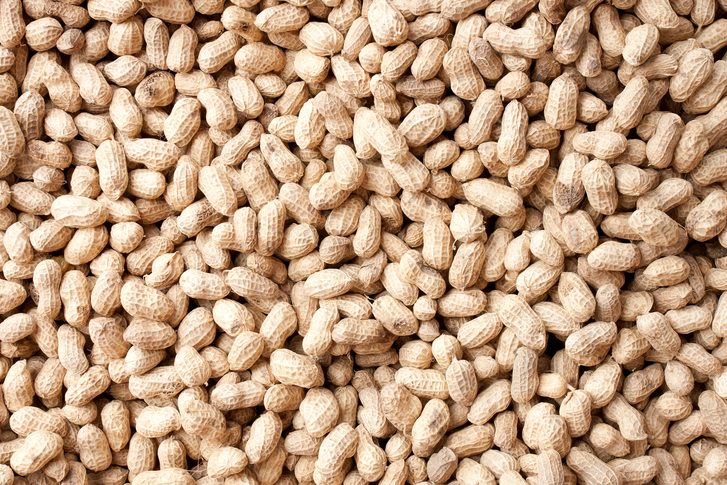
Detection of food allergens
Using its methods, the presence of allergens can be tested at various levels: presence (HPLC), antibody binding (ELISA) and allergenicity (mast cell activation).
Read more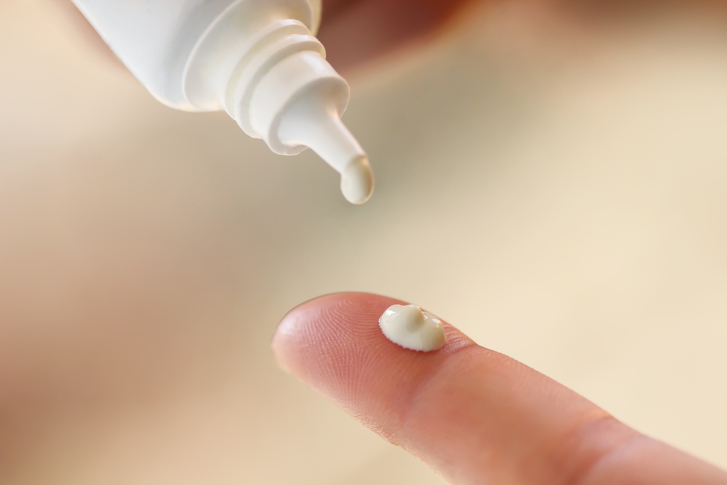
Skin models
Keratinocytes and skin models are used to determine whether chemicals in cosmetics, for example, may have a contact-allergenic effect. At iLab, the methods are standardized.
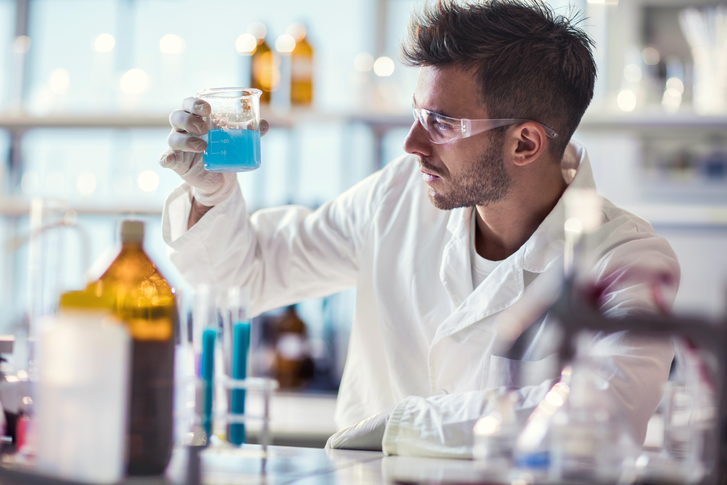
Genotoxicity
Genotoxicity tests, including anti / oxidant capacity of substances can be used to identify potential genotoxic substances.

Reproduction and developmental toxiocology
C. elegans, zebrafish and embryonic stem cells (EST) are in place to test the effects of substances on reproduction and development of organisms. These systems were tested for applicability in a NC3R-Crack-it project (PreDART).
Read more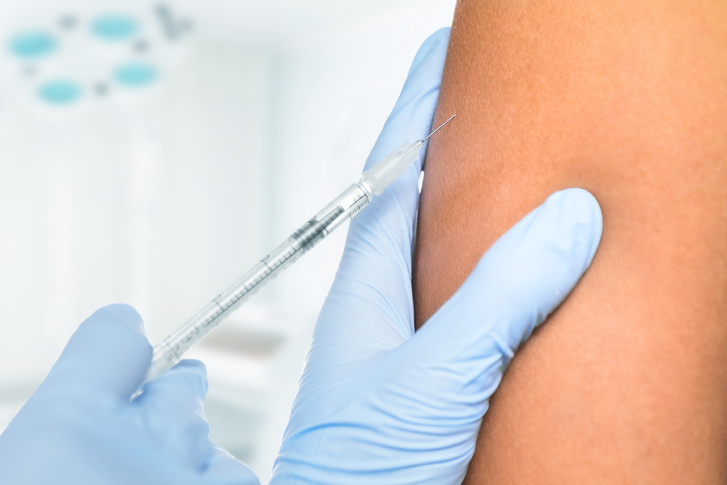
Vaccine safety
Per vaccine models can be designed to test the safety. For example, for pertussis toxin vaccine.

Exposure ad the presence of substances
Measuring the presence and concentrations of organic compounds in the environment (air, water, soil, sediment, sewage) in organisms and toxicity tests (exposure assessment) and the distribution (partition, sorption) of these substances between different environmental compartments , phases in toxicity testing and biocompartimenten.
Read more
